Coins believed to have belonged to a Scottish clan chief murdered in an infamous 17th-century Glencoe massacre, have been found in a fireplace by by University of Glasgow archaeology student Lucy Ankers on her first dig.
Lucy Ankers discovered the hoard of 36 coins at a site associated with Alasdair Ruadh “Maclain” MacDonald of Glencoe, who was slaughtered during the Glencoe Massacre in 1692.
Approximately 120 government soldiers attacked the MacDonald clan in western Scotland in 1692, killing dozens of people and driving many more from their homes. The massacre, now known as the Glencoe Massacre, became one of the most notorious incidents in Scottish history, inspiring literature, songs, and even the famous “Red Wedding” scene in “Game of Thrones.”
The MacDonalds took part in the first Jacobite rising of 1689, this resulted in the clan being targeted in the 1692 Massacre of Glencoe. In late January 1692, two companies or approximately 120 men from the Earl of Argyll’s Regiment of Foot arrived in Glencoe from Invergarry. Their commander was Robert Campbell of Glenlyon. An estimated 38 members and associates of Clan MacDonald of Glencoe were killed on 13 February 1692, including Maclain and his wife.
The 36 coins, which vary in date, were discovered in the grand fireplace of the Glencoe house during an archaeological dig in August 2023. The coins were found in a pot, with a small rounded pebble for a lid and hidden beneath a hearthstone stab.
Currency from the time of Elizabeth I, James VI and I, Charles I, the Cromwellian Commonwealth, and Charles II – as well as France and the Spanish Netherlands and the Papal States – was among the collection.
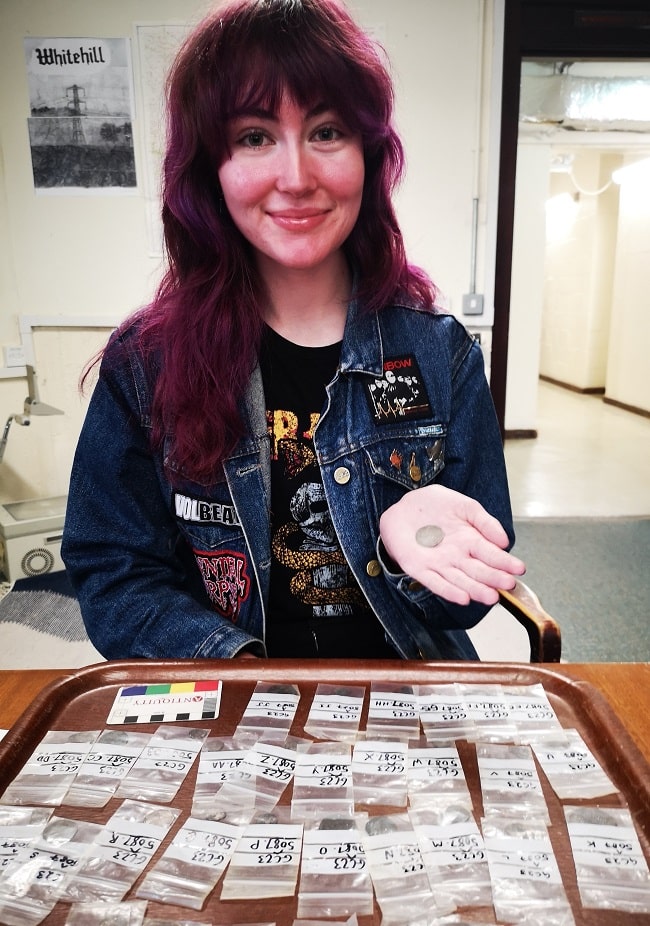
They date to between the late 1500s and the 1680s, leading University researchers to hypothesize “that they were most likely deposited under the fireplace either just before or during the 1692 Glencoe Massacre for safekeeping,” per the statement. “Whoever buried the coins did not return for them, which could indicate that they were among the victims of the massacre.”
The archaeologists say the coins could be connected to Alasdair “Maclain” MacDonald of Glencoe, who served as chief of the MacDonald clan between 1646 and 1692. The coins were found in Maclain’s “summerhouse,” a hunting lodge and feasting hall used by the chiefs. MacIain was known to have traveled Europe in his youth, and some of the coins may be personal souvenirs from his early life, according to the researchers.
“Were these coins witnesses to this dramatic story?” says archaeologist Michael Given, a co-director of the project, in the statement. “It’s a real privilege to hold in our hands these objects that were so much [a] part of people’s lives.”
“As a first experience of a dig, Glencoe was amazing,” Ms Ankers says in the statement. “I wasn’t expecting such an exciting find as one of my firsts, and I don’t think I will ever beat the feeling of seeing the coins peeking out of the dirt in the pot.”
Musket and fowling shot, a gun flint and a powder measure, as well as pottery from England, Germany and the Netherlands and the remains of a grand slab floor were also found at the site.
Cover Photo: The coin hoard, pot, and lid. Gareth Beale



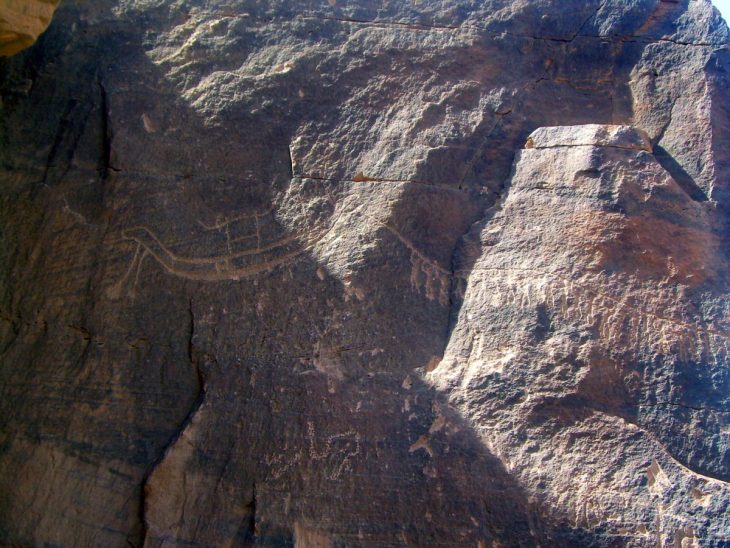









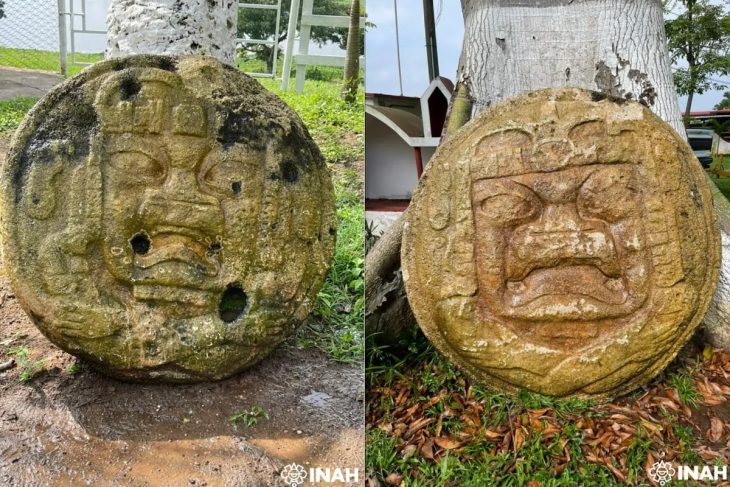

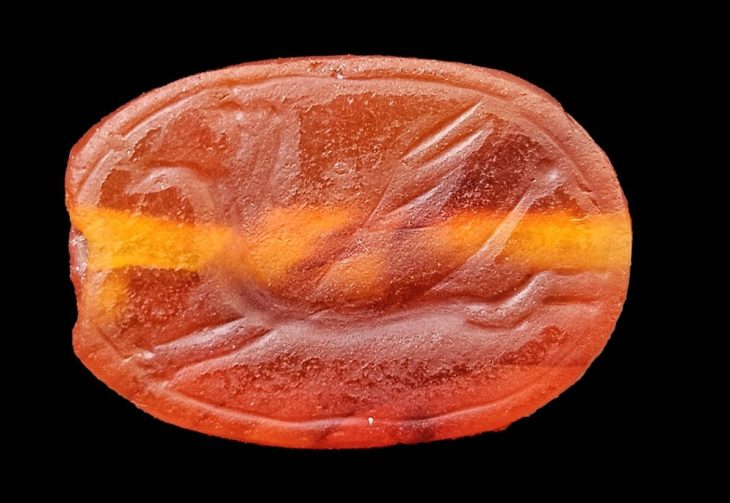
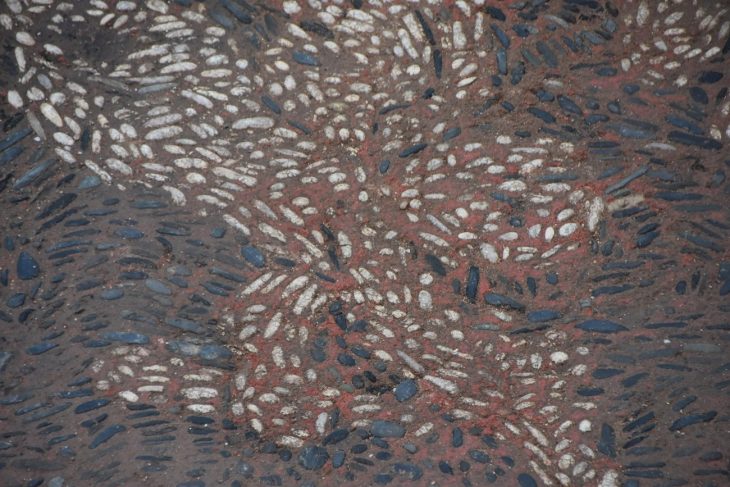
A few years ago, I wrote a novel called The Tacksman’s Daughter about the Glencoe Massacre. There’s a lot of speculation about how the coins got there, who they belonged to, and when they were buried. It’s certainly possibly they belonged to MacIain, clan chief of the MacDonalds of Glencoe. Even more possible is that one of his sons or servants may have buried them for him when the king’s soldiers arrived in the village that cold day in February. Hopefully, we’ll know the truth some day.